Life in America today looks nothing like it did just 20 years ago. From the way people shop and work to how they communicate and spend their free time, quiet but powerful shifts have transformed everyday routines. Some changes are easy to spot, like the rise of smartphones or the fall of cash payments, while others have crept in slowly, altering habits without much notice. Together, these changes paint a clear picture of how modern life in the U.S. has evolved in unexpected ways.
Grocery Shopping Is Almost Unrecognizable

In the early 2000s, grocery shopping was mostly done in person with paper coupons. Today, it is common to see people filling virtual carts instead. Grocery delivery apps, curbside pickup, and digital coupons have taken over. Self-checkout machines are everywhere, and many stores no longer accept cash. Even the layout of stores has changed to prioritize grab-and-go items and mobile order stations.
Landlines Are Nearly Extinct

Two decades ago, landlines were in nearly every home. Now, they are rare. Most people rely on smartphones, not only for calls, but also for texts, internet browsing, navigation, and video chats. Payphones have vanished from public areas, and phone books are all but gone. The shift has changed how people connect with family, make plans, and even find businesses.
Streaming Replaced Traditional TV

Cable used to be king. In 2005, households would flip through hundreds of channels. Today, people stream what they want, when they want, often without commercials. Services like Netflix, Hulu, and others have replaced networks. People binge entire seasons in a weekend, and the idea of waiting a week for the next episode seems outdated. Even movie theaters have taken a hit due to the rise in at-home streaming options.
Privacy Has Diminished
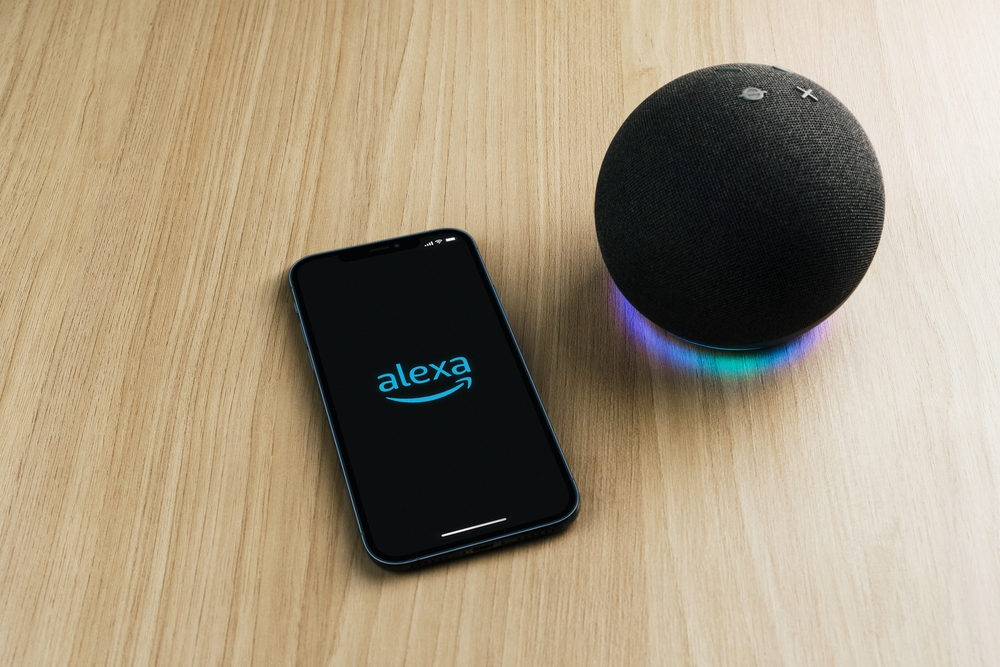
In 2004, many people were still cautious about sharing personal information online. Fast-forward to today, and nearly every move is tracked. Phones track locations, smart speakers listen for commands, and apps log daily habits. While the convenience is undeniable, personal privacy has taken a back seat. Online activity is constantly monitored, and personal data is often sold for targeted advertising.
Shopping Malls Are Disappearing
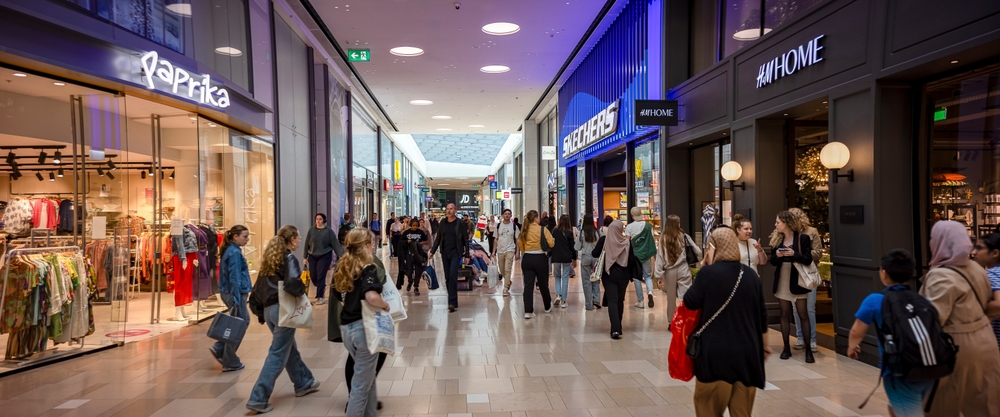
In the early 2000s, malls were gathering hubs for teens and families alike. Now, many are vacant or converted into something else entirely. Online shopping has largely replaced in-person browsing. Retailers with no online presence struggle to survive. Some malls have become apartment complexes, warehouses, or indoor pickleball courts. The American mall, once a staple of suburban life, is quietly fading.
People Rarely Use Cash
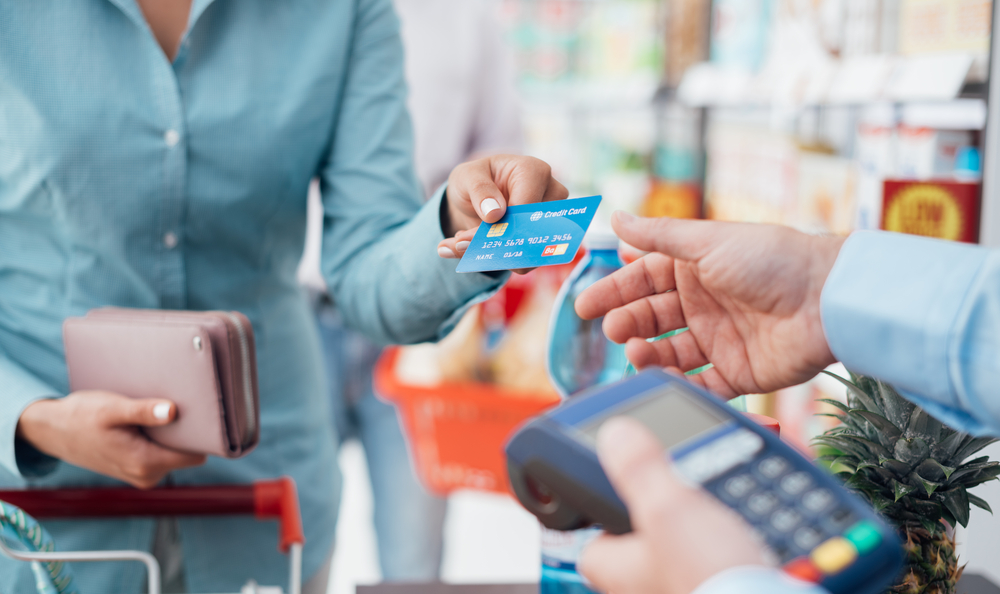
Once the default method for purchases, cash has become optional. Credit cards, debit cards, and mobile pay apps dominate everyday transactions. Contactless payments and peer-to-peer apps like Venmo and Cash App are now normal. Some places even refuse to accept cash, preferring digital-only payments. This shift has changed how people tip, donate, and budget.
Work Has Moved Home

Twenty years ago, the daily commute was a routine part of life. Now, millions work from home, full-time or in hybrid arrangements. This shift has changed everything from clothing choices to real estate priorities. Home offices are now a must-have, and office buildings in major cities have seen vacancies rise. Zoom meetings and Slack messages have replaced water cooler chats.
Dating Is Digital
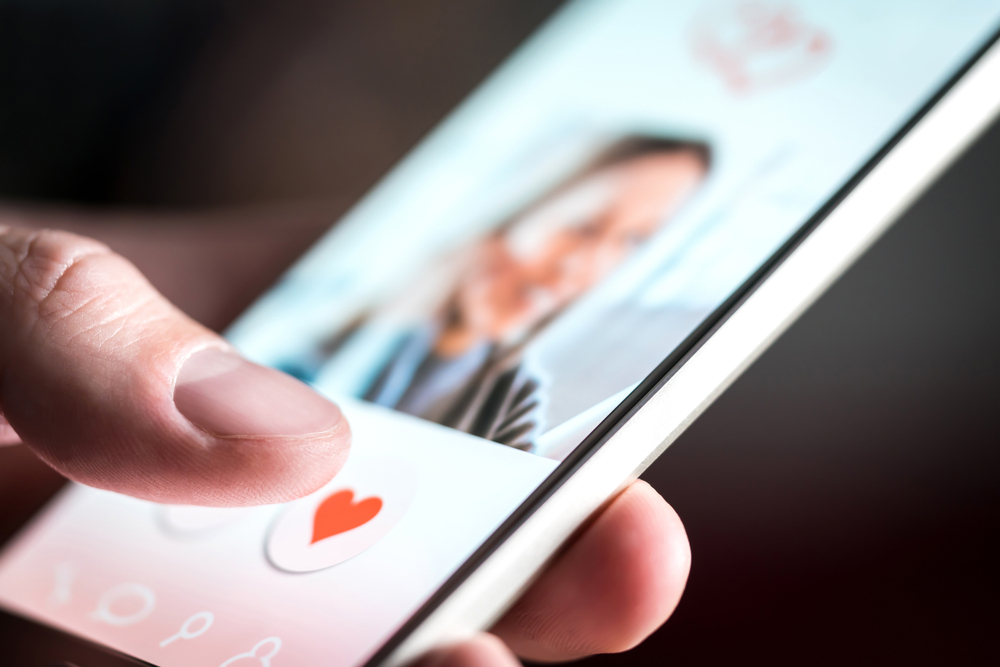
Dating used to mean meeting someone at work, school, or a social event. Now, many relationships begin on apps. Swiping left or right has replaced chance encounters. Online dating has changed how people approach love and relationships. It is more data-driven, often more superficial, and much faster. Some find this empowering, while others say it has made dating more complicated.
Read More: What Most Americans Don’t Realize About the U.S.
People Eat Differently

In 2004, fast food was at its peak. Today, people are more health-conscious, even when they order takeout. Plant-based meat alternatives, gluten-free menus, and organic food sections have become mainstream. Grocery stores now stock almond milk and oat milk next to dairy. People read ingredient labels more closely and avoid foods with artificial additives. Dining habits have evolved with changing values.
Social Media Became Central
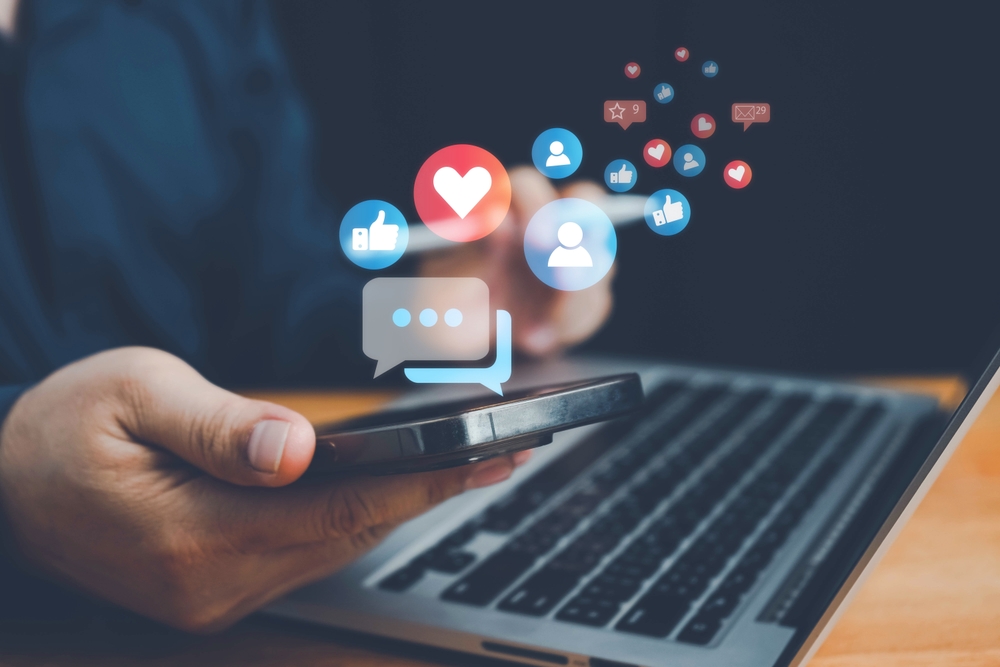
In 2005, Facebook was still new, and Instagram did not exist. Today, social media shapes how people communicate, get news, and express themselves. Platforms like TikTok have created full-time careers. People now curate online personas, and social media often replaces face-to-face interaction. Family news, career updates, and even political debates unfold in comment sections.
Travel Is Easier and Faster

Booking a trip once meant calling an airline or travel agent. Now, apps can find flights, compare prices, and reserve hotels in seconds. Digital boarding passes have replaced printed tickets, and rideshare apps make airport pickups seamless. Even small-town travelers can now find accommodations through short-term rental platforms. Travel has become more spontaneous and affordable, but also more competitive.
Gig Work Is Everywhere

The traditional 9-to-5 job is no longer the only option. Many people now drive for delivery services, freelance online, or work multiple part-time roles. These gigs provide flexibility but often lack benefits like healthcare or retirement plans. The gig economy has reshaped how people earn income and how they define job stability. Side hustles are no longer a trend, they are a lifestyle.
News Consumption Has Changed

Two decades ago, most people got their news from newspapers or TV anchors. Today, news spreads in real time through social media and alerts. Algorithms show people what they are likely to agree with, not necessarily what is important. This has changed public discourse and how people perceive current events. The concept of a “shared news moment” is rare.
Mental Health Conversations Are Normal

In the past, mental health was often a private matter. Now, people openly talk about anxiety, depression, and therapy. Apps provide meditation guides, and some workplaces even offer mental health days. This shift has reduced stigma and encouraged more people to seek help. Mental well-being is now viewed as essential, not optional.
Urban and Suburban Roles Flipped

Cities were once seen as the place to live, while suburbs were for families. That distinction is fading. Urban living has become more expensive, leading many to move to suburbs or smaller towns. Some even work remotely from rural areas. This has impacted housing markets, school districts, and commuting patterns. The idea of the “American Dream” location is evolving.
Attention Spans Are Shorter

Two decades of instant gratification have changed how people process information. Long-form reading is rare, and short-form video content dominates. People often scroll while watching TV or listening to music. This has reshaped marketing, education, and even relationships. Quick hits of content are the norm, and sustained focus is harder to maintain.
Conclusion

Life in the U.S. has transformed in ways that are easy to overlook until viewed over time. The last 20 years have brought quiet but significant changes. These shifts reflect a broader move toward convenience, speed, and digital integration. While some changes offer clear benefits, others raise questions about privacy, attention, and well-being. One thing is certain, the pace of change is not slowing down, and how Americans adapt will shape the next 20 years to come.
Read More: Millions of Americans Can’t Afford Living Expenses, Report Warns
Disclaimers: This article was created with AI assistance and edited by a human for accuracy and clarity.
